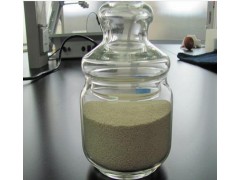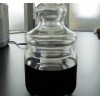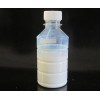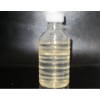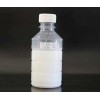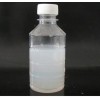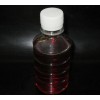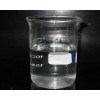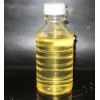Description
Neutral enzyme TS-3 is a high concentrated cellulase granule product intended for incorporation in stone washing reformulations as a base ingredient in the laundry. It has high performance for the new shades and finishes to be created easily and cost-effectively, in an environmental-friendly way under the neutral conditions in the laundry.
Neutral enzyme TS-3 is recommended for the following advantage in the finishing for the denim in the laundry.
• High color contrast finish and quick to stone washing
• High degree of reproducibility and reliability
• Improved wash look, or create new looks
• Easy and cost effective reformulation
• Special granular formulation for Improved durability of Cellulase
• Easy to be reformulated with the other chemicals
Typical Characteristics
Appearance: light yellow granule
Odor: Slight fermentation odor
The optimal pH and Temperature ranges for Neutral enzyme TS-3 are pH 4.5-6.5 and 40-55°C to optimize its performance and anti-back staining properties. The broad pH and Temperature range result in a flexible and easy to-use product, which has low requirements for buffer salts and dispersing agents.
Typical Reformulation Applications
Neutral enzyme TS-3 is suitable for reformulations in the laundry. The following reformulation recipe is a basic recipe for your reference and you could adjust the base enzyme and the buffer system according to the finishing effect and local environment requirements
A typical reformulation is based on the following general formula, targeting an end-use dosage between 0.5-2% o.w.g.:
2 - 12% Neutral enzyme TS-3
50-55% Buffer Salts(citric acid or adipic acid or others )
0-15% anti-back-staining agents
0-10% Surfactants
0-30% Soluble fillers, e.g. sodium sulphate
0-5% Conditioner, e.g. starch and silicates
A phosphate or phosphate/citrate, adipic acid buffer is particularly suitable for the pH range in requirement in 5.0-6.5. However, a combination of citric acid and adipic acid can be used as a non-phosphate alternative.
The suggested buffer systems should be used as a starting point; additional adjustment to meet local conditions may be necessary (see recipes).
Neutral enzyme TS-3 is compatible with most nonionic surfactants. Anionic or cationic surfactants should be avoided. In particular, alcohol ethoxylates are widely used in denim finishing. Most surfactants of interest are liquids or pastes at room temperature. However, it is possible to include a liquid surfactant in a solid formulation by spraying the surfactant onto a carrier material such as kaolin, silicate or starch.
The formulation should be thoroughly mixed to ensure homogeneity. Auxiliary compatibility with Neutral enzyme TS-3 should be determined by conducting performance and enzyme stability evaluations.
Recommended Recipes
The following recipes are intended as a starting point for further formulation work. Optimization to meet local conditions will be needed. The targeted product finish requires a dose between 0.5-3% of the final formulation, depending on desired shade, fabric quality and size of machinery.
Three different strategies for adding surfactants into the formulation are:
| A. Phosphate-based product,0.5-2%o.w.g.dosage of final product ( Target pH 6.0 -6.5) |
| 5-10% Neutral enzyme TS-3 55.0% NaH2PO4, 35% Filling salt, e.g. sodium sulphate |
| B. Non-Phosphate product, 0.5-1.5% o.w.g. dosage of final product, target pH 5.5-6.5 |
| 5% Neutral enzyme TS-3 15% adipic acid 15% Sodium Citrate, 2H2O 60% Filling salt, e.g. sodium sulphate 5.0% Anti-backing agent |
| C. Phosphate-based product, 0.5-3% o.w.g. dosage of final product target pH 6.5-7.5) |
| 10% Neutral enzyme TS-3 30.0% NaH2PO4, H2O 25.0% Na2HPO4 10% Filling salt, e.g. sodium sulphate 15.0% Dispersing agent 5.0% Wetting agent |
Packaging
Standard packaging is 40kg per pail
Storage
To ensure extend shelf life, store Neutral enzyme TS-3 at 25℃ or below in a sealed container. Exposure of this product to elevated temperatures for prolonged periods of time may result in loss of activity.
Safety Enzyme Handing
Enzymes are proteins and inhalation of dust or aerosols may induce sensitization and may cause allergic reactions in sensitized individuals. Some enzymes may irritate the skin, eyes and mucous membranes upon prolonged contact. Inhalation of enzyme dust and mists should be avoided. In case of contact with skin or eyes, promptly rinse with water for at least 15 minutes.
For detailed handling information, please refer to the appropriate Material Safety Data Sheet. MSDS are available from HUANCHENG BIOCHEMICAL CO., LTD..

